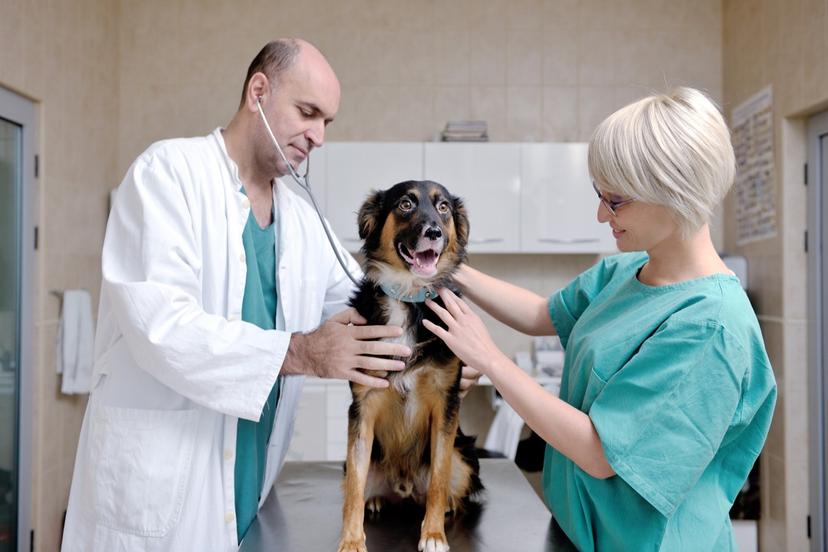Veterinary Medicine and Animal Care

Industry Outlook
The animal care industry in general is expected to grow rapidly over the next several years, with many new job opportunities becoming available. Those occupations related to pets have an especially promising outlook because pet ownership is on the rise and many owners are willing to invest substantial amounts of money in the care and grooming of their pets. During the coronavirus pandemic in 2020, there was an increase in pet adoptions and pet purchases because of business lockdowns and stay-at-home requirements. The American Veterinary Medical Foundation reported that pet adoption from shelters had risen by nearly 8 percent in 2020 compared to 2019. The American Pet Products Association estimated that, in 2020, Americans would spend nearly $11 billion on pet services like boarding, grooming, insurance, training, pet sitting and pet walking, a nearly 4 percent increase of the total spent in 2019. However, early in the pandemic, many animal care workers lost business due to social distancing requirements. As the rollout of the vaccine accelerated in 2021, the economic recovery will increase the employment levels. The animal care industry is expected to rebound and resume growth in the coming years.
The outlook for occupations related to the care of wild animals is less certain. Popular concern for wildlife is high, but public funding for park rangers and other wildlife caretakers is limited. Furthermore, competition for such jobs is very high and turnover is low, resulting in comparatively low salaries and few job openings. As in all fields, animal care jobs can always be found by people with the right combination of education, experience, determination, and concern for animals; unlike many other fields, animal lovers can often create their own jobs.
According to the American Horse Council Foundation, the horse industry directly employs 988,394 people, contributing $38 billion in wages, salaries, and benefits. Considering its impact on other economic sectors, the industry impacts about 1.7 million jobs in all.
The U.S. Department of Labor reports that there were 14,830 animal trainers and 199,850 nonfarm animal caretakers employed in the United States in 2018. The majority worked as nonfarm animal caretakers in boarding kennels, animal shelters, stables, grooming shops, animal hospitals, and veterinary offices. A significant number also worked for animal humane societies, racing stables, dog and horse racetrack operators, zoos, theme parks, circuses, and other amusement and recreations services. The department predicts that employment in this sector of animal care will grow much faster than the average for all occupations through 2028.
The research group IBISWorld predicted 8 percent growth for the veterinary services industry in 2020, due to the growth of pet ownership during the pandemic. Strong growth for this industry is expected through 2026, with sustained demand for routine veterinary services. Veterinarians who specialize in certain animal fields, such as neurology and oncology, will also be able to increase their prices for services. The number of veterinarians is expected to grow by 18 percent through 2028, which is much faster than the average for all occupations, and the number of veterinary technologists and technicians is projected to rise by 19 percent in the same period.